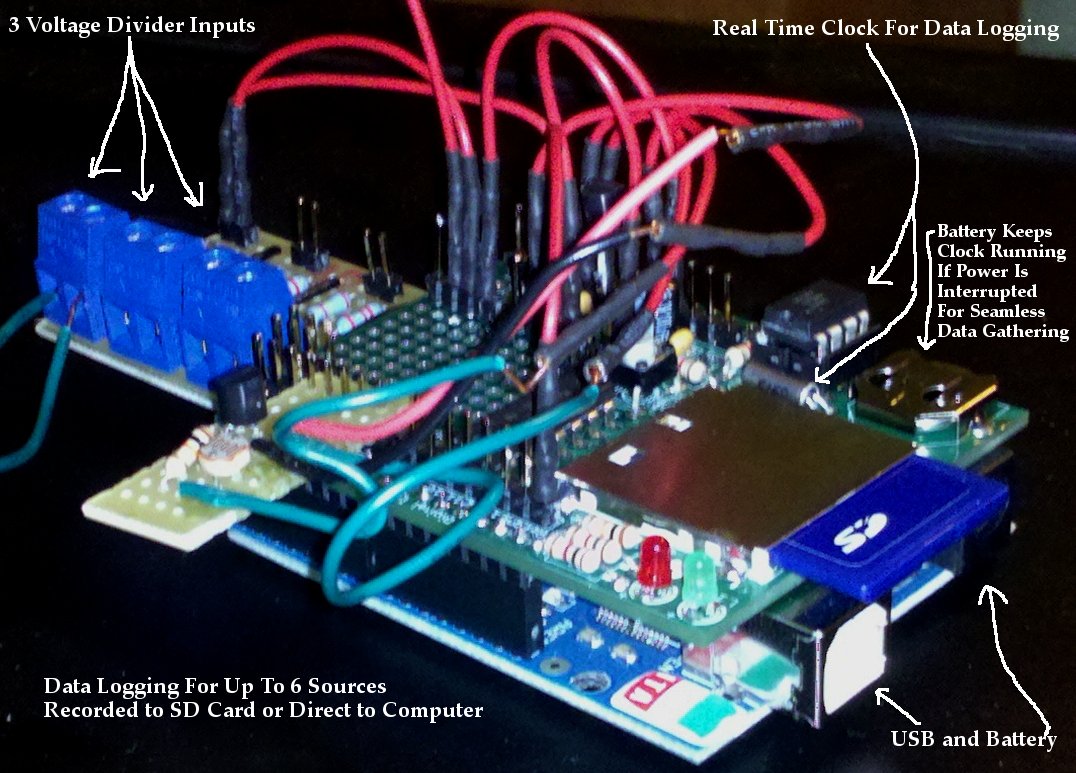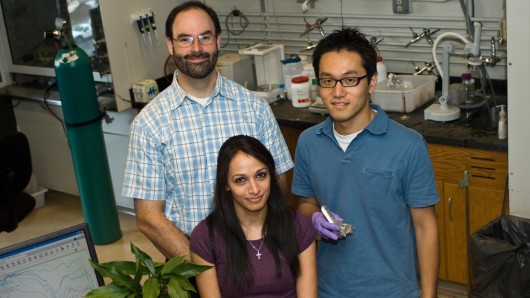Is Solar Power New Technology?
Friday, September 10, 2010, 12:31 PM
Posted by Administrator
Age is relative, so the answer to the question is really up to you. Here I will share a little history about solar power.
The photovoltaic, (solar electric), process was discovered in the late 1800s and the creation of some primitive solar cells followed. In 1921 Albert Einstein received the Nobel Prize in physics for his work on the photoelectric effect. Russell Ohl patented the modern junction semiconductor solar cell in 1946 and by the 1950s the first true solar photovoltaic panels were at work. This makes solar panels for generating electricity about 60 years old.
There have been a few flavors of solar panels, monocrystalline and polycrystalline being the two most common right now. The monocrystalline typically has the highest output per surface area while the polycrystalline trails behind a few percent. The difference in production cost makes polycrystalline a better value in cases where lots of space is not an issue.
Some common abbreviations and terms you hear when talking about solar power are described below:
KW = Kilowatt (1000 watts)
kWh = Kilowatt hour (1000 watts for an hour)
MW = Megawatt (1000 Kilowatts)
PV = Photovoltaic (turns photons into voltage - electricity)
DC = Direct Current (like the battery in a flashlight or phone)
AC = Alternating Current (like the walls of your home)
Inverter = Device that takes DC and converts it to AC
Watt = Measure of energy or work
Insolation = measure of energy in sunlight at a specific spot
Shade Structure = Like a big patio cover, but with solar panels
Array = a group of solar panels working together
In Concord CA, our average insolation is 1430 hours per year. This means if you want to install solar for your home in Concord CA, a 1000 watt panel will make 1430 kWh per year.
As this information could go on for quite a while, I will stop here with what I feel is most relevant for the moment. :)
Wikipedia has a lot of good information too.



 Calendar
Calendar




